Object-oriented programming is an essential part of modern software development. In the context of PHP, creating controllers is a crucial step to structure and maintain applications. In this guide, you will learn how to create your first controller and define an Action to send data to the browser.
Key Insights
- A controller is the central link between the model and the view in an MVC architecture.
- The naming conventions for actions are important to ensure accessibility via the web.
- A simple controller can already produce basic outputs and serve as a starting point for further development.
Step-by-Step Guide
Creating the Controller
First, you need to create a new PHP file for your controller. This will be located in the Controller namespace. You will now make sure that your controller is actually recognized.
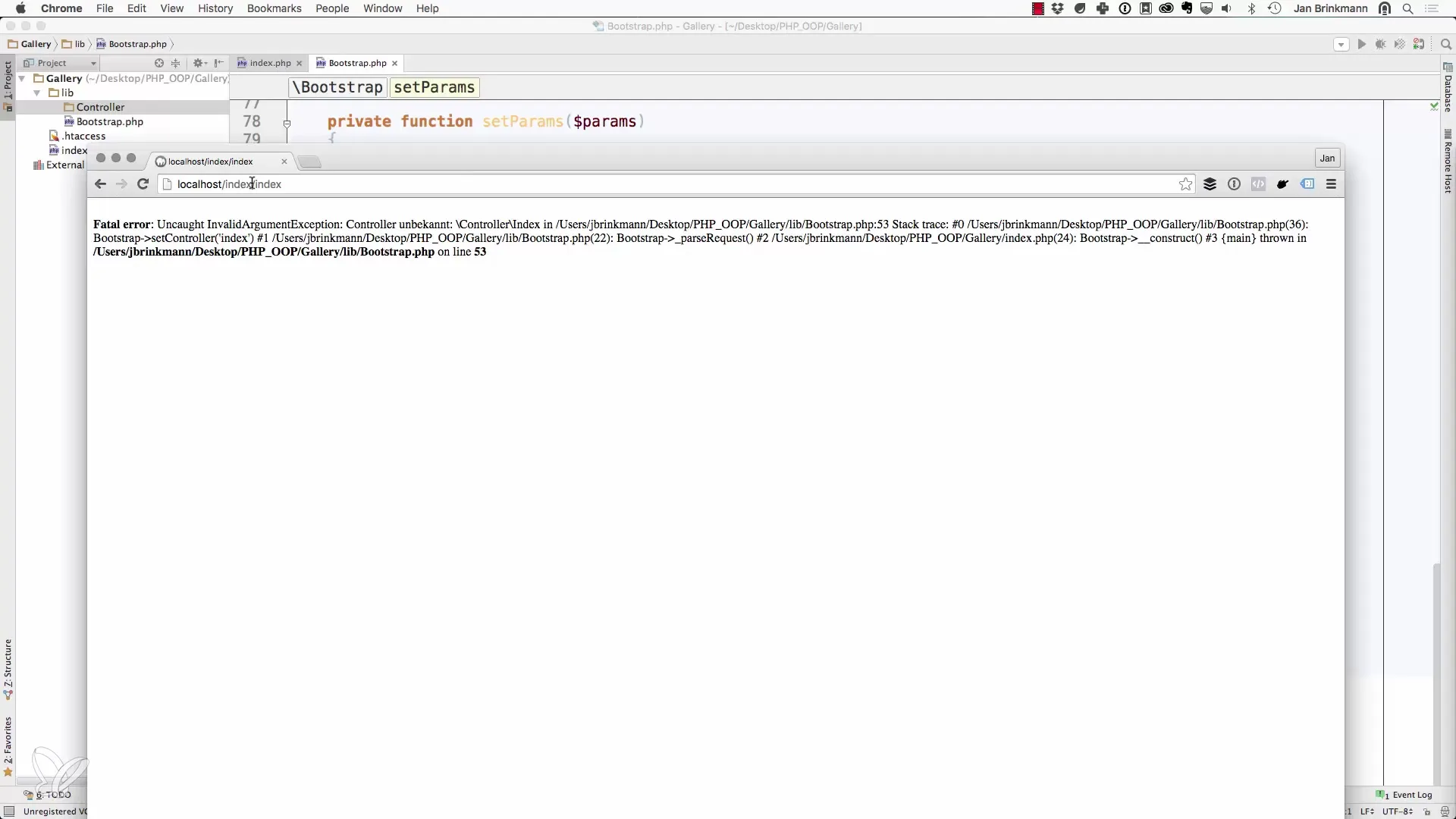
Start by declaring the namespace and defining the controller class. This is the first step to organizing your application.
The structure looks like this:
class Index { //... your methods go here }
Now that the class is defined, you should ensure that all actions in the class are declared as public and end with the suffix “Action”. This makes them accessible via the web.
Adding an Action
To test your controller, you can add a simple method called "Index Action".
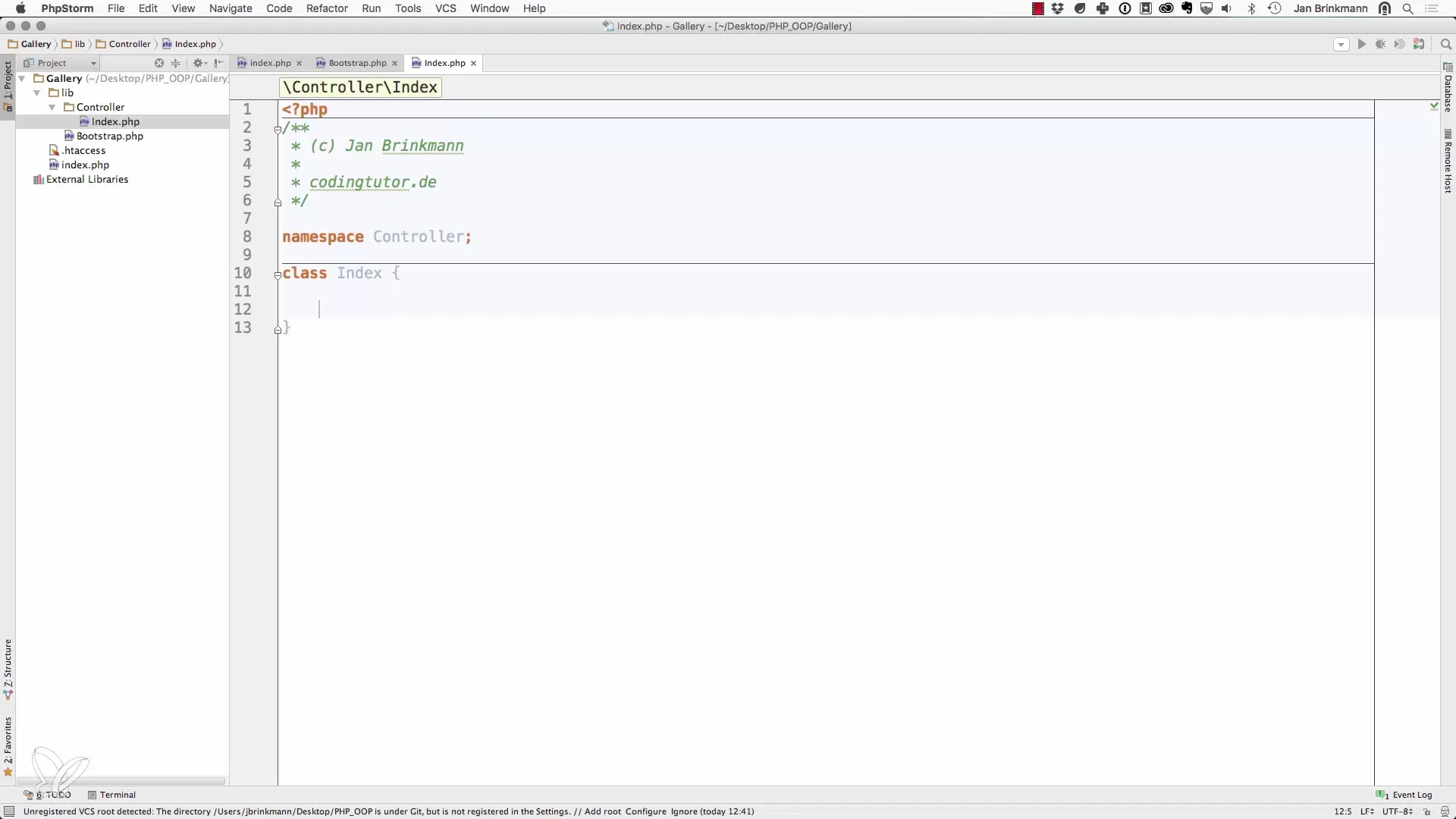
In this method, simply insert an Echo statement to produce output.
After saving the file, you can test it all in the browser by calling “localhost/index”. You should see the output "Hello, World!".
Understanding the Structure
The IndexAction is used as an entry point in many frameworks. This is because it is the default controller that is loaded when no specific action or controller is specified.
If you adjust the URL and navigate to "localhost/login", this will trigger a new action "Login Action", which you can also define.
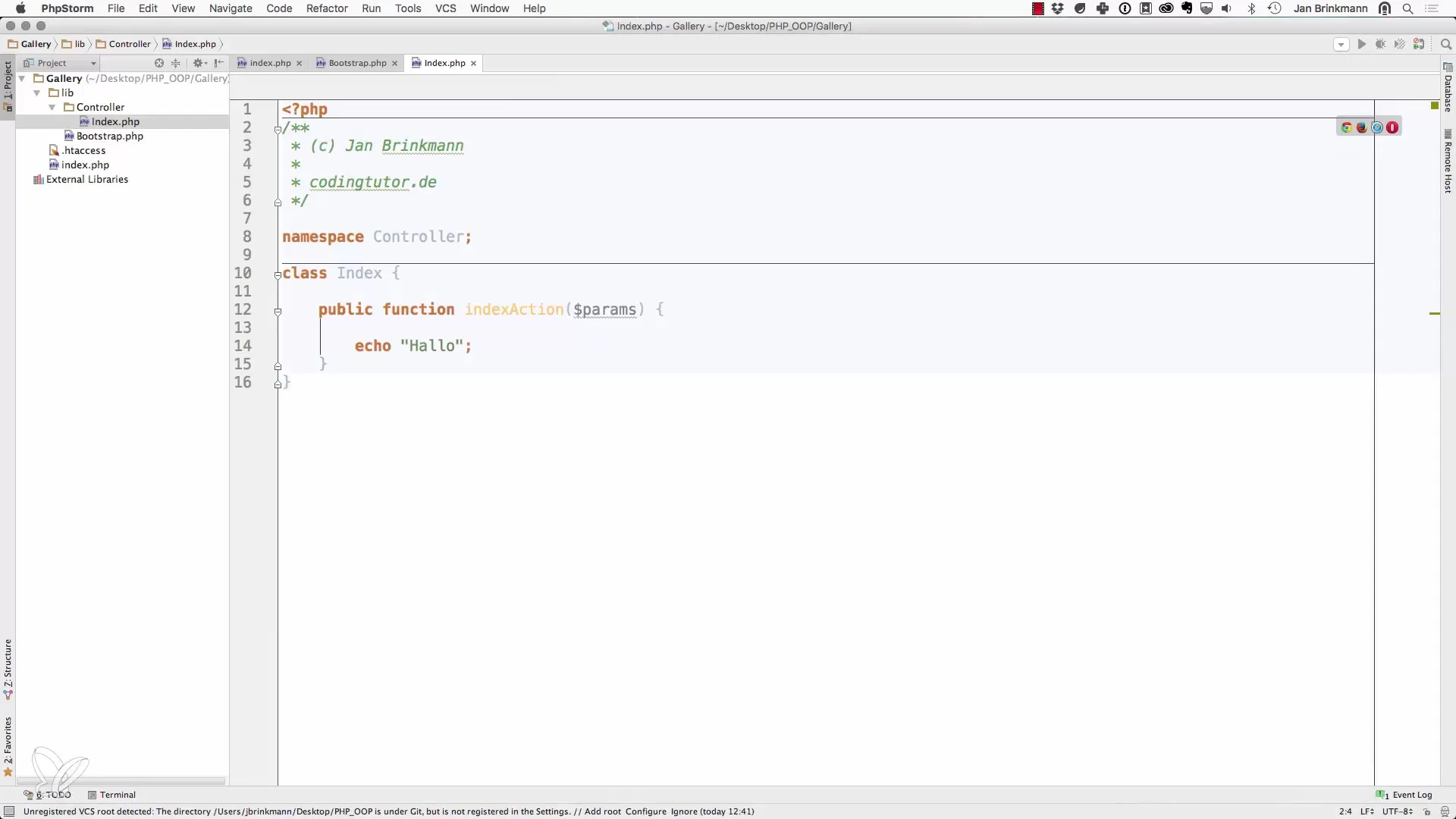
Preparing Additional Actions
Now it is time to add additional actions to your controller to provide more functionality later.
You can also prepare a “Register Action” or “Logout Action”.
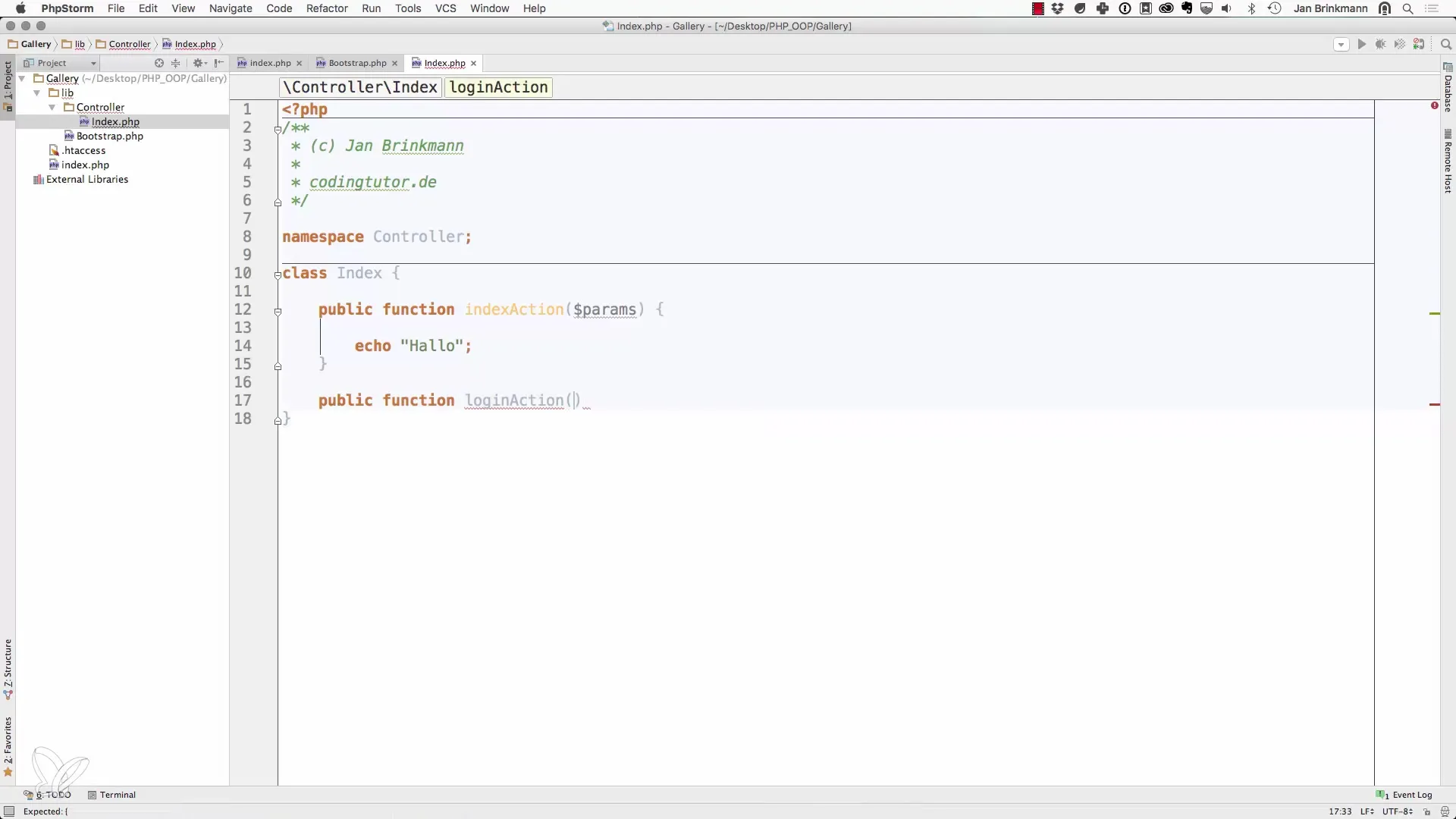
Remember that you can equip these methods with appropriate parameters to use them efficiently later.
Structuring the Logic
A clean separation of logic is also important. For complex actions, such as uploading files, you should use your own controller where you can house the complete logic. For example, you could implement an “Upload Action” that loads the corresponding template and performs the processing.
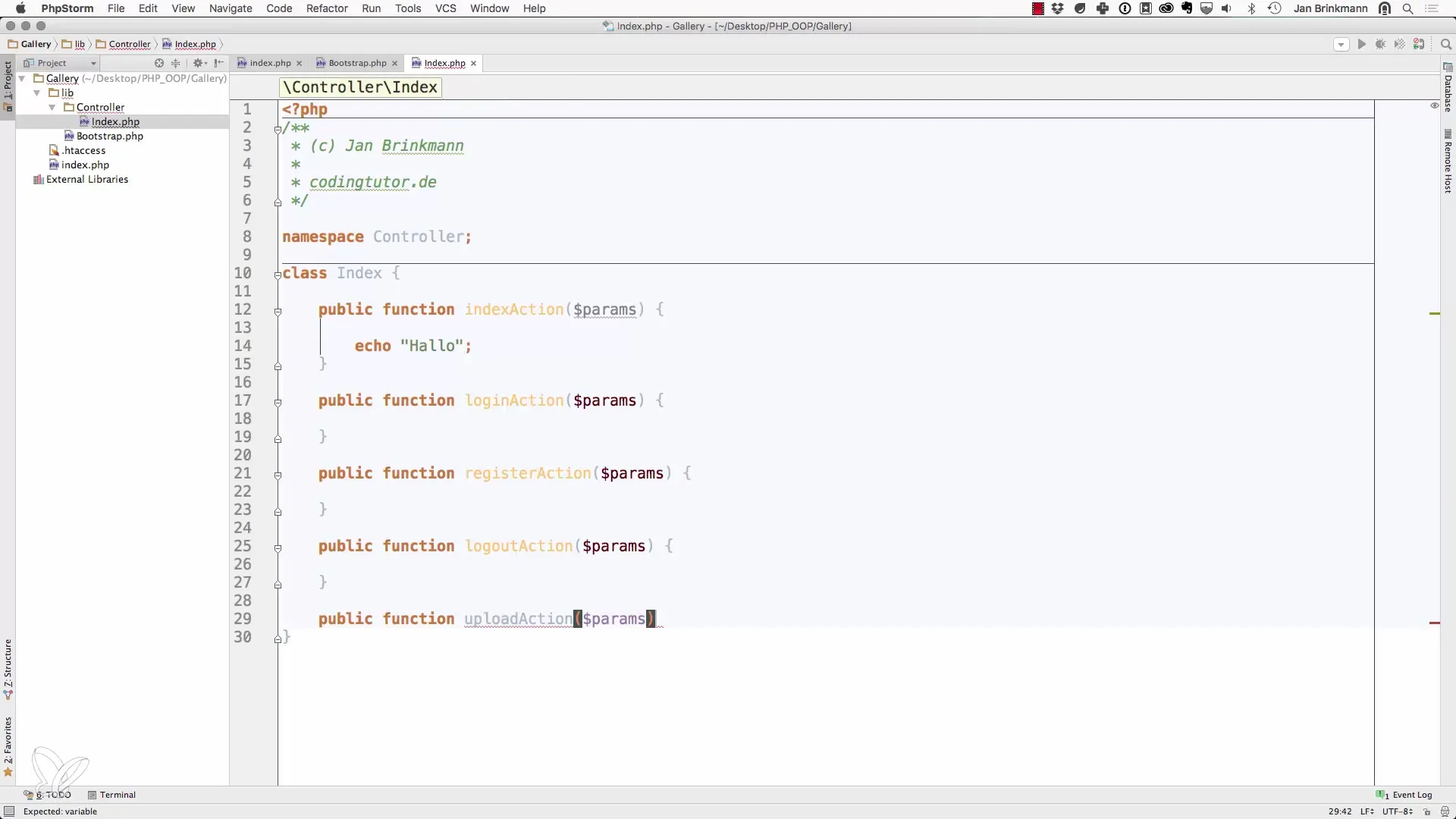
Preparing for Database Connection
Lastly, before you become familiar with the further expansion of your application, it is advisable to prepare for the database connection. You likely want to retrieve data from the database and display it in your templates.
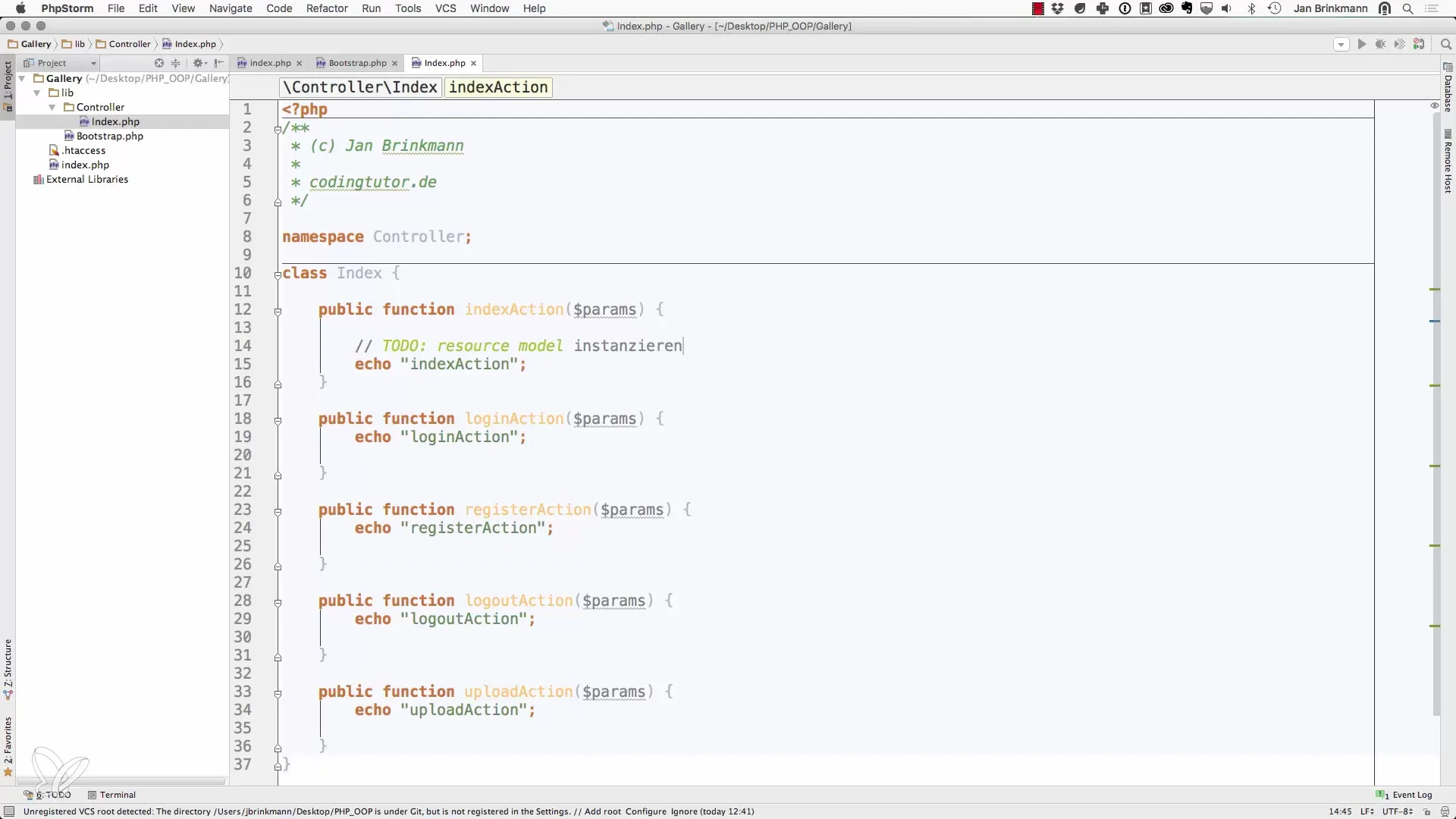
The goal would be to load and display the resources in a template after retrieving them.
Summary – Creating Your First Controller in PHP
With this guide, you have learned the basic steps to create your first controller in PHP. The controller serves as the central point for interacting with your website content. You can now start adding more actions and enhance your application with more functionalities.
Frequently Asked Questions
What is a controller in PHP?A controller manages the communication between the model and the view in an MVC architecture.
How do I create an action?Define a method in your controller and make sure it is public and ends with “Action”.
Why is the namespace important?The namespace helps avoid naming conflicts and organizes the structure of your application.
How can I have multiple actions in one controller?Simply add more methods that are also public and end with “Action”.
Do templates help me in representation?Yes, templates are helpful for presenting data attractively and promoting the separation of logic and presentation.


